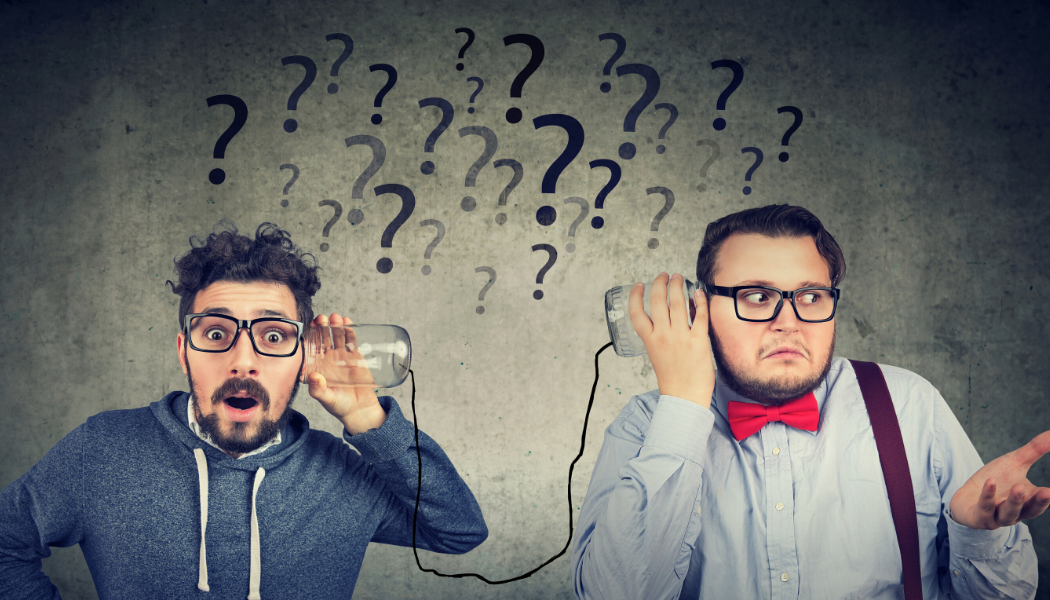
There’s no doubt that the future of managed IT services has been altered due to the effects of COVID-19. With day-to-day uncertainty and the rise in remote work opportunities, is your company prepared to move safely and securely into the new era of business and technology?
Our team of experts is here to help you seamlessly navigate through this transition. Keep reading to find out what questions you should ask yourself to ensure your business succeeds in the post-pandemic world.
IT Questions To Ensure Your Remote Employees’ Success

Do my remote employees have the best equipment and internet access for optimal levels of productivity, performance, and security?
If you transitioned some or all of your employees to a remote working situation, it’s important to make sure they have the right equipment and internet connection to perform their normal job functions in the same way they did when they were working in the office. Whether you provide them with devices or they use their personal computer and phone for work, it is your responsibility to have a policy in place for what is considered sufficient equipment for your employees to do their jobs effectively from home.
This policy will also need to include parameters on what internet speed qualifies as acceptable for work purposes. Most suggest that an individual needs an internet speed of at least 25 Mbps for desirable working conditions.

Should I allow employees to use personal devices for work?
While you are adjusting your policies to include guidelines for working from home, you will need to make a decision on whether or not you will allow your employees to use personal devices for work (e.g. laptop computers, desktop computers, cellphones, tablets, etc).
Letting your remote employees use their own devices for work purposes can be an easy choice, it comes with higher security risks. If you choose this route, you will need to ensure your employees have all the necessary software installed on their devices to guarantee the highest levels of threat protection and security.

What communications system is in place (or should be put into place) for my remote teams?
With remote teams, you might start out relying solely on phone calls and email to communicate, but these methods will not be sufficient long term. Whether you choose Google Meets, Slack, Zoom, or another similar service, you will need to adjust how you communicate to provide instant messaging and conferencing capabilities.
Services such as these give your employees a better sense of connectivity and inclusion while speeding up their responses to time-sensitive matters or general work-related questions. This also gives your employees an opportunity to connect with each other on a personal level, becoming a virtual “water cooler” to gather around and talk about their day or weekend, describe roadblocks they hit with a particular project, or chat about how they are doing in general.

What changes do I need to make in my current security policies and systems to ensure my remote teams are working securely to minimize the risk of cyber attacks?
Before you had remote employees, your security policies were centered around access in the office, a secure office network, and other risk factors that could compromise your network, computers or data. Now that your teams are functioning remotely, your security risk is much higher without the proper measures in place.
A few things you can do to help to ensure you protect your employees, business, and data from a cyber attack include using a virtual private network (VPN), two-factor authentication, and device encryption. Smaller steps your employees can take to keep their devices secure involve updating all work and personal devices and software regularly. You should also require your employees to use different passwords for work accounts that would be difficult to access.
Don’t just rely on preventative measures. It is better to plan for an attack so that you already have a course of action to take if your data is compromised. This requires having a data recovery plan, also referred to as disaster recovery, in place.

Do I have the correct infrastructure in place to decrease downtime when issues arise?
IT issues are unavoidable from time to time and it’s important to resolve them quickly with minimal downtime. Now that you have remote employees, you will need to ensure your infrastructure accommodates remote IT issues as well as or instead of in-house IT issues.

Are You Ready to Take Your IT Security to the Next Level?
It’s no secret that you will need a larger bandwidth to handle IT issues that are no longer all in-house. If your IT team isn’t up to the challenge or you don’t currently have an IT team in place, it’s time to think about hiring a managed services provider to handle all of the IT needs for your business. Let the experts at EQ help guide you through your changing IT environment.